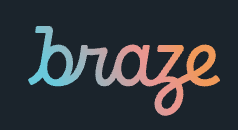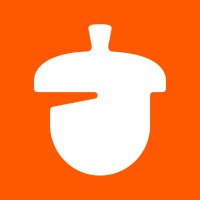Pipeline vs Drift
Hyperise integrates with 100's of sales and marketing tools, many of which are in the CRM category. With so many to choose from it's sometimes hard to know which is best, but don't worry, we've got your covered.
In this comparison guide we're going to look at the Highlights, Pros, Cons and Pricing of Pipeline and Drift. We'll also delve into the details of which offers the best personalization options within CRM, with there respective Hyperise integrations
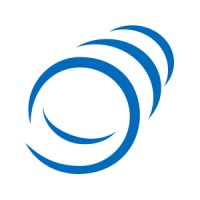
Pipeline
Pricing: Pipeline pricing is a pricing approach that involves creating a pricing model that is based on various activities or phases in a company's sales pipeline. Using a pipeline pricing model, companies are able to charge customers based on their progress down the sales pipeline. This allows companies to reduce the risk associated with taking on a customer, as they are able to establish the value of the customer at each stage.
Vs

Drift
Pricing: Drift pricing is a flexible, pay-as-you-go pricing plan based on how many conversations your team has. You pay a flat rate per conversation, regardless of the length or contents of the conversation. The more conversations you have, the cheaper each conversation becomes.
Pipeline vs Drift Highlights
Pipeline is a system that helps to deploy machine learning models into production. It automates the process from data collection, feature preprocessing, model implementation, deployment, and monitoring. The pipeline helps to streamline the process, reduce manual labor, and ensure the consistency and accuracy of the model.
Drift is a platform for building, deploying, and monitoring machine learning models. It is designed to make it easier for developers to build, deploy, and manage models for real-time applications. Drift focuses on streamlining the process of model development and deployment by automating data collection, training, deployment, and monitoring. It also enables developers to deploy models in production in real time and leverage the power of cloud computing to run the model in a scalable manner.
Pipeline vs Drift Pros
Pipeline Pros
- Faster development time: Pipeline has streamlined processes that allow for faster development and deployment compared to Drift.
- Easier integration: Pipeline has a collection of robust tools that make it easier to integrate with third-party services.
- Improved scalability: With Pipeline, its possible to scale to large customer bases quickly and efficiently.
- Increased customer service: Pipelines automated customer service capabilities allow customer service agents to easily engage with customers and address their needs more quickly.
- Comprehensive reporting capabilities: Pipeline provides detailed and up to date reports, allowing organizations to easily gauge customer and business trends.
- Translation ability: With Pipelines patent-pending technology, funnel events can be translated into multiple languages.
- Accessible analytics: Pipeline provides real-time analytics for teams and marketers to improve their marketing efforts.
Drift Pros
- Easier Learning Curve: Drifts platform is designed to be extremely simple and intuitive, making it easier for those new to sales and marketing automation to quickly become proficient in its use.
- Robust Integrations: Drift has a wide array of integrations with many of the other popular email and sales automation platforms, including Salesforce, Marketo, HubSpot and Zapier.
- Create Bot Flows: Drift can be used to create custom sales and marketing automated workflows, which allow for a more interactive and personalized experience for leads and customers.
- AI-Powered Assistance: Drifts AI-powered chatbot can take actions on behalf of sales and marketing teams in response to customer inquiries, helping to improve customer experience and reduce effort on their behalf.
- Cost Savings: Drift typically costs significantly less than Pipeline, making it a more affordable option for small and medium-sized businesses.
Pipeline vs Drift Cons
Pipeline Cons
- Cost: Pipeline is more expensive due to its complexity and multiple stages in the process.
- Technical Overload: Pipeline requires a greater understanding of technology in order to be effective.
- More Complex: Pipeline requires more upfront time and resources to build and deploy, making it more complicated than Drift.
- Less Personal: Because of the multiple stages in the process, conversations tend to be more formal, which can reduce the personal touch.
- Longer Buying Cycle: Pipeline requires buyers to go through a longer process, meaning longer wait times before purchases are made.
Drift Cons
- Drift offers fewer customization options than Pipeline
- Drift requires manual tagging of teams within objects to be able to send targeted messages
- Drift lacks the more advanced analytics offered by Pipeline
- Drift cannot track the performance of emails sent by Pipeline
- Drift's marketing automation tools are not as robust as Pipeline's
Pipeline & Drift Hyperise Integrations
Pipeline uses the Image embed method to integrate with Hyperise, giving a simple way to add personalized images to your messages.
Pipeline makes the following data points available to Hyperise, to enable personalization in images used in outreach and linked out to your personalized website landing pages.
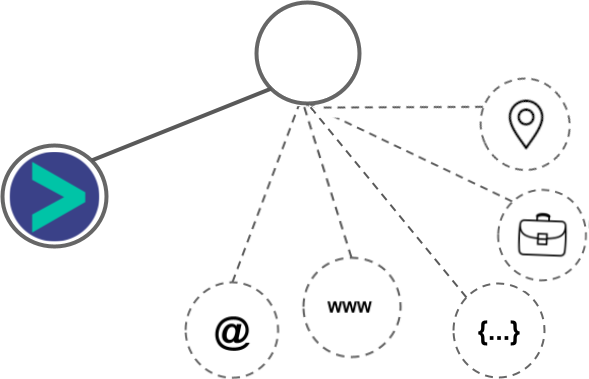
- Using business Email passed from Pipeline, Hyperise is able to enrich business logo and website screenshots. In some cases, with a business Email we're also able to enrich profile images, subject to the business email having a publicly available profile.
- Business name
Pipeline Integration Guide
Drift uses the HTML code embed method to integrate with Hyperise, giving a simple way to add personalized images to your messages.
Drift makes the following data points available to Hyperise, to enable personalization in images used in outreach and linked out to your personalized website landing pages.

- Using business Email passed from Drift, Hyperise is able to enrich business logo and website screenshots. In some cases, with a business Email we're also able to enrich profile images, subject to the business email having a publicly available profile.
- Business name
Drift Integration Guide

 vs
vs  vs
vs 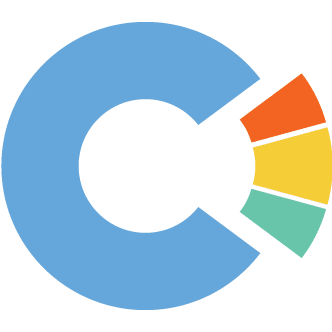
 vs
vs  vs
vs  vs
vs 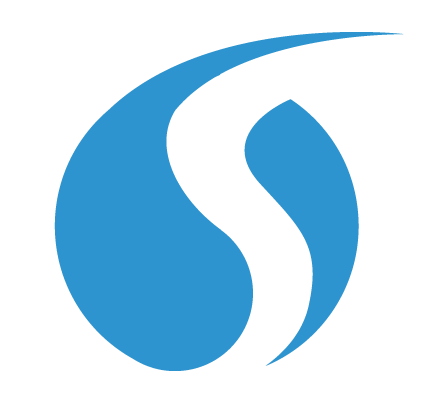 vs
vs  vs
vs 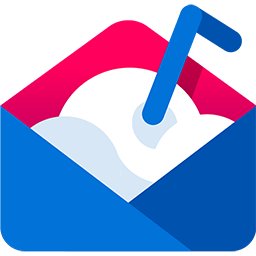 vs
vs  vs
vs  vs
vs  vs
vs  vs
vs 